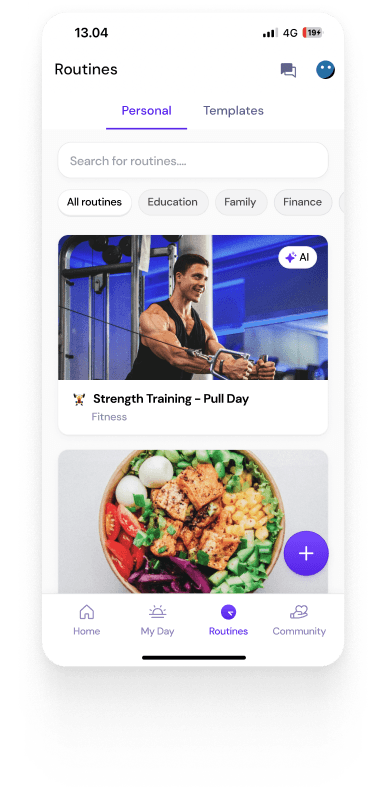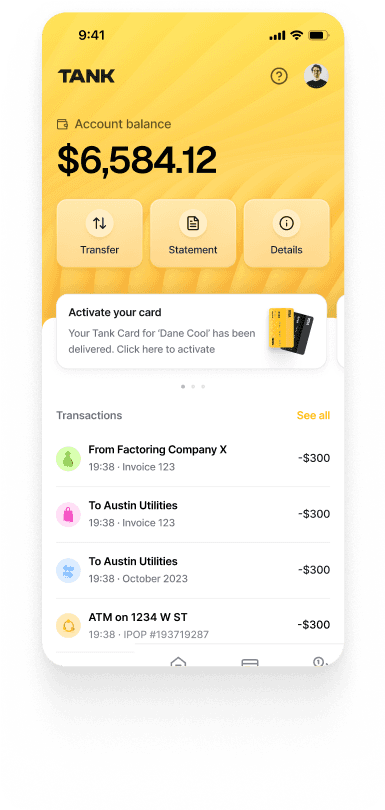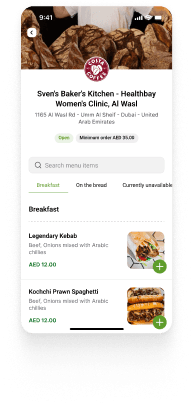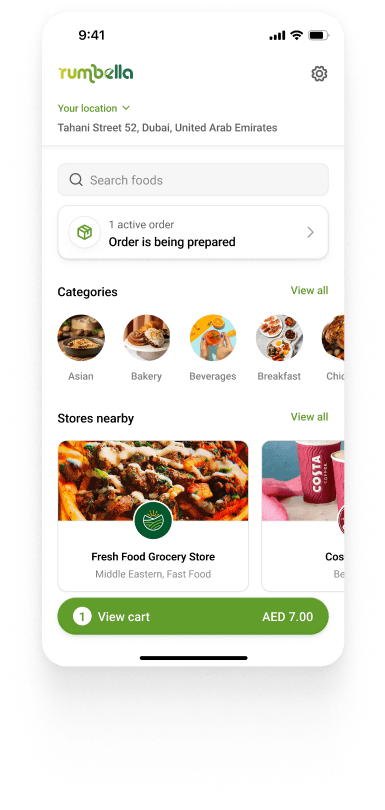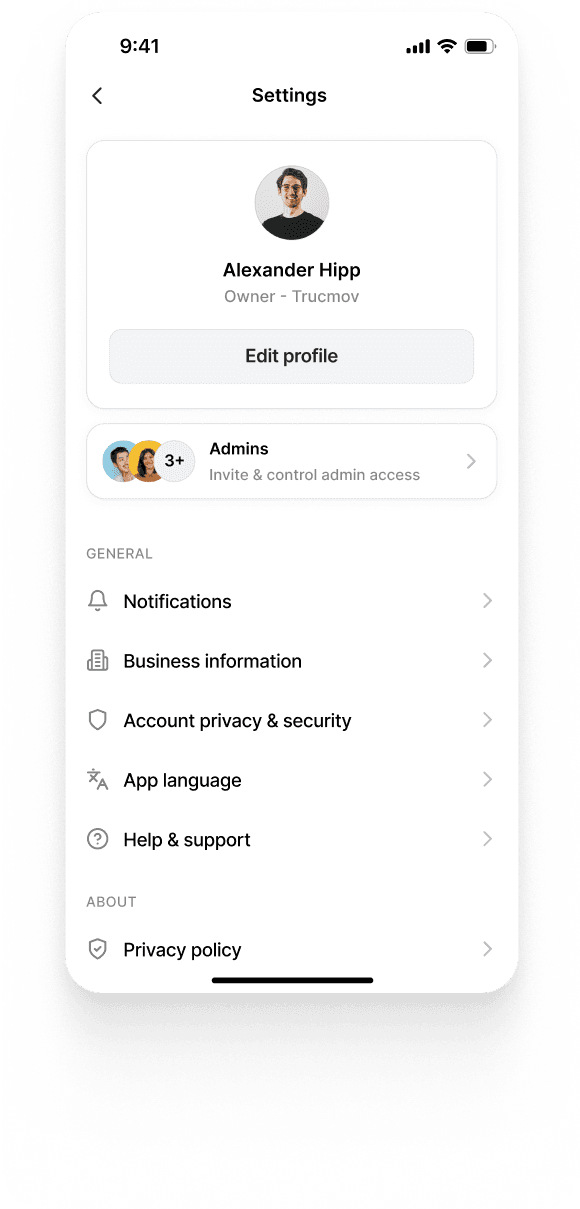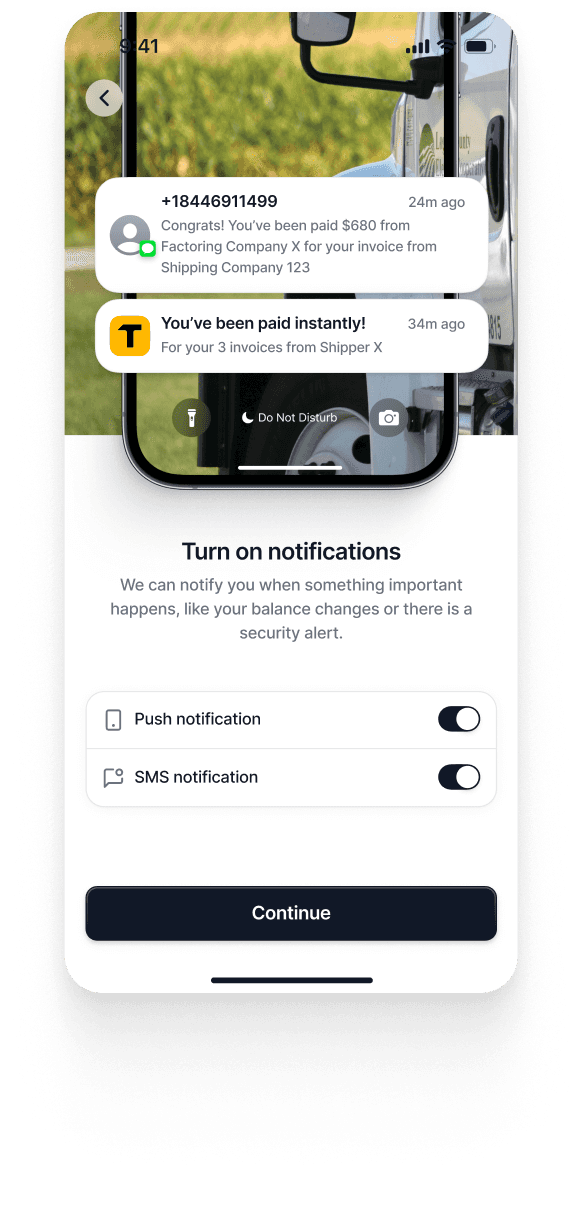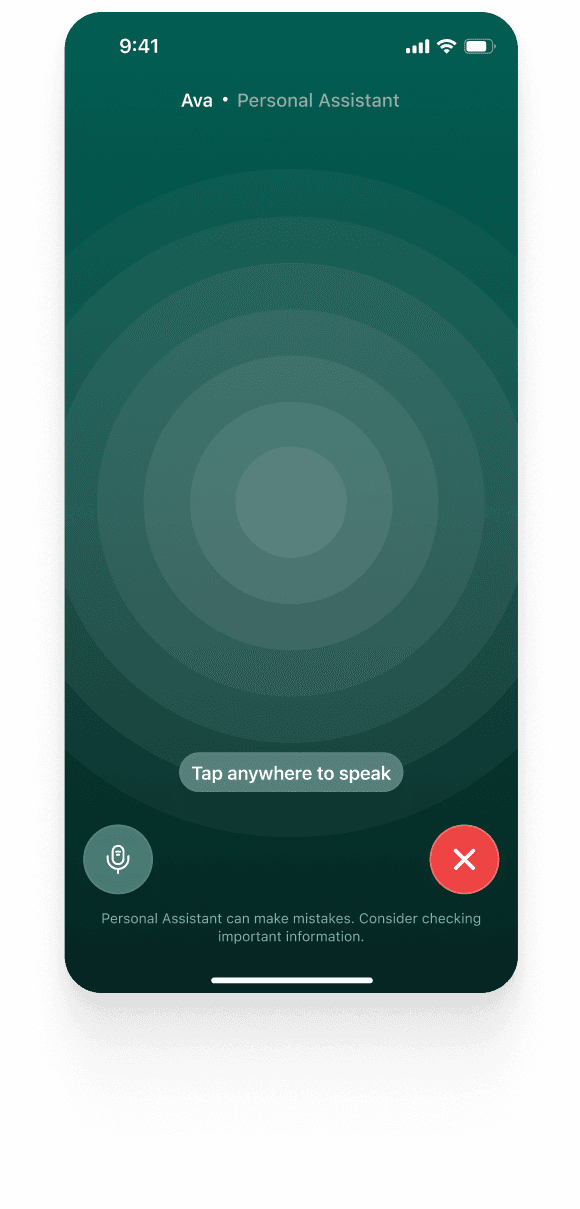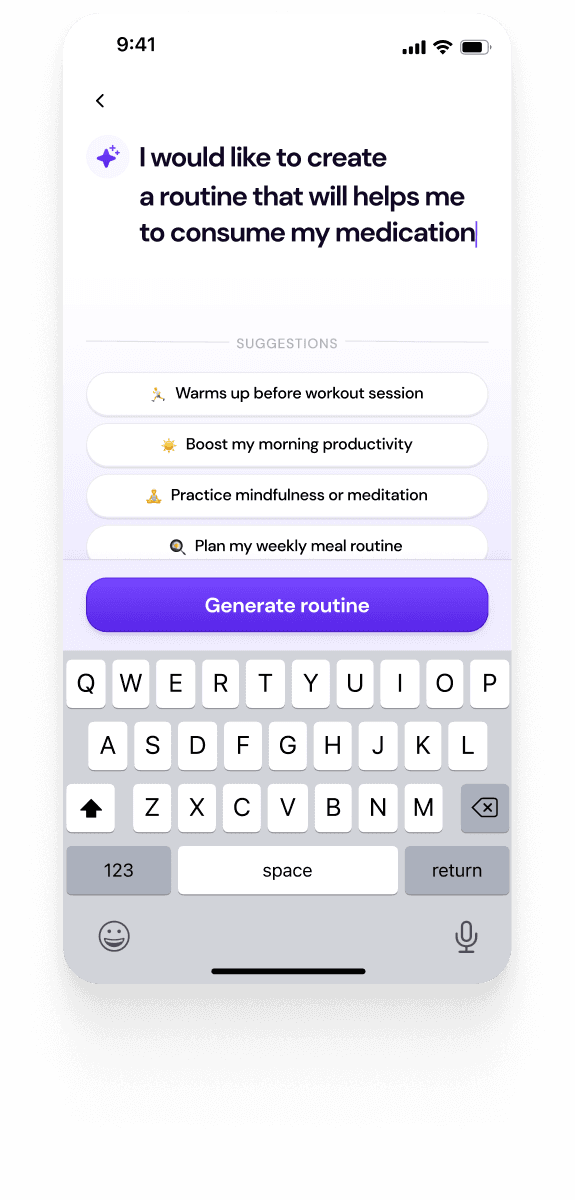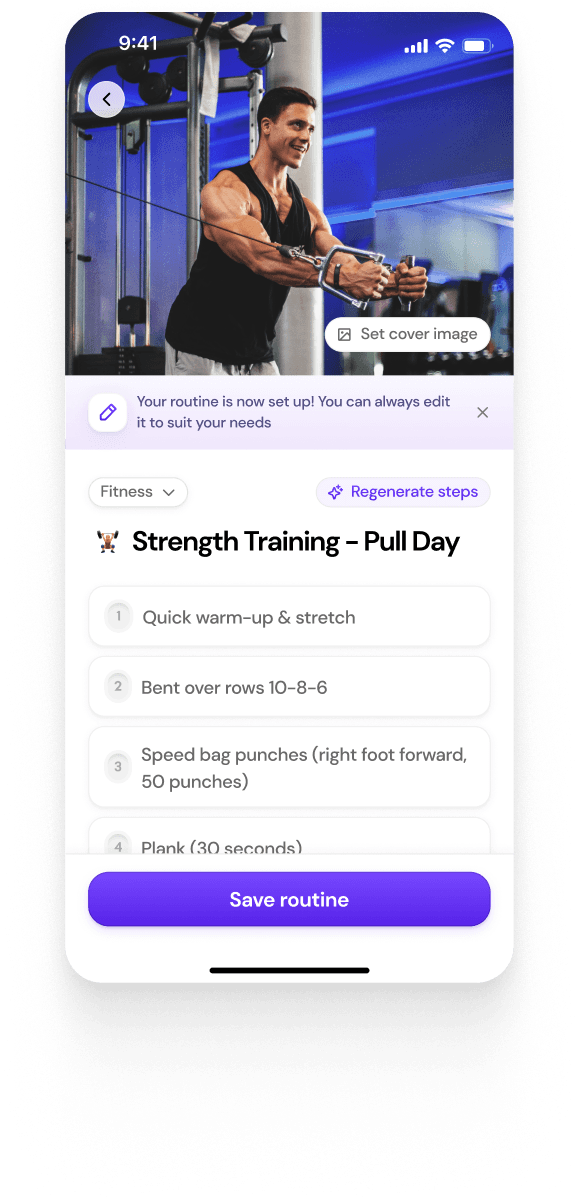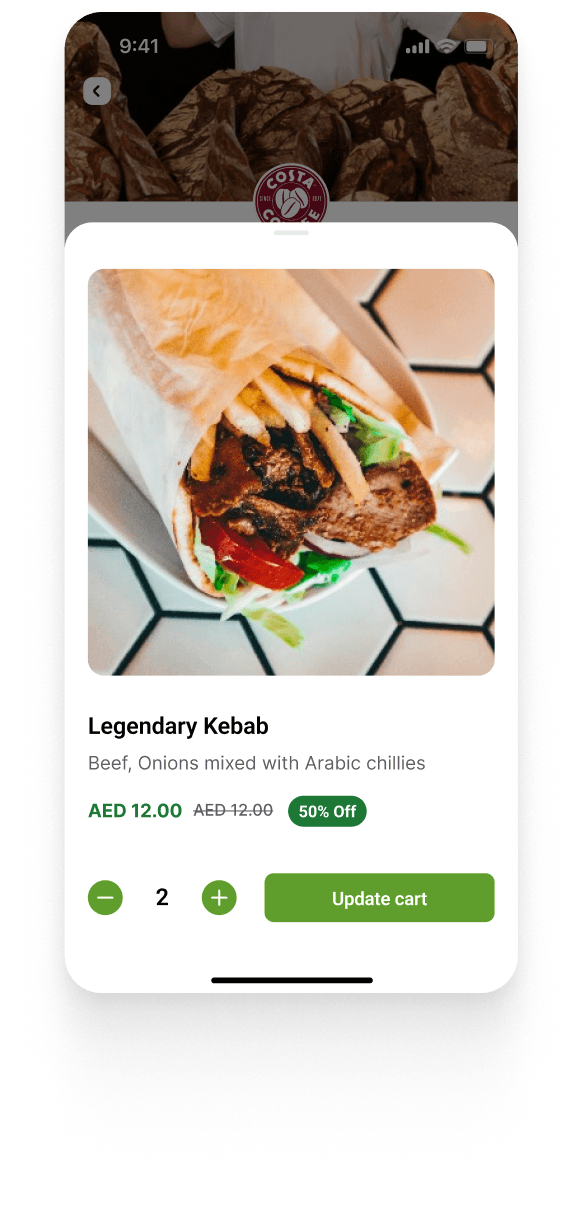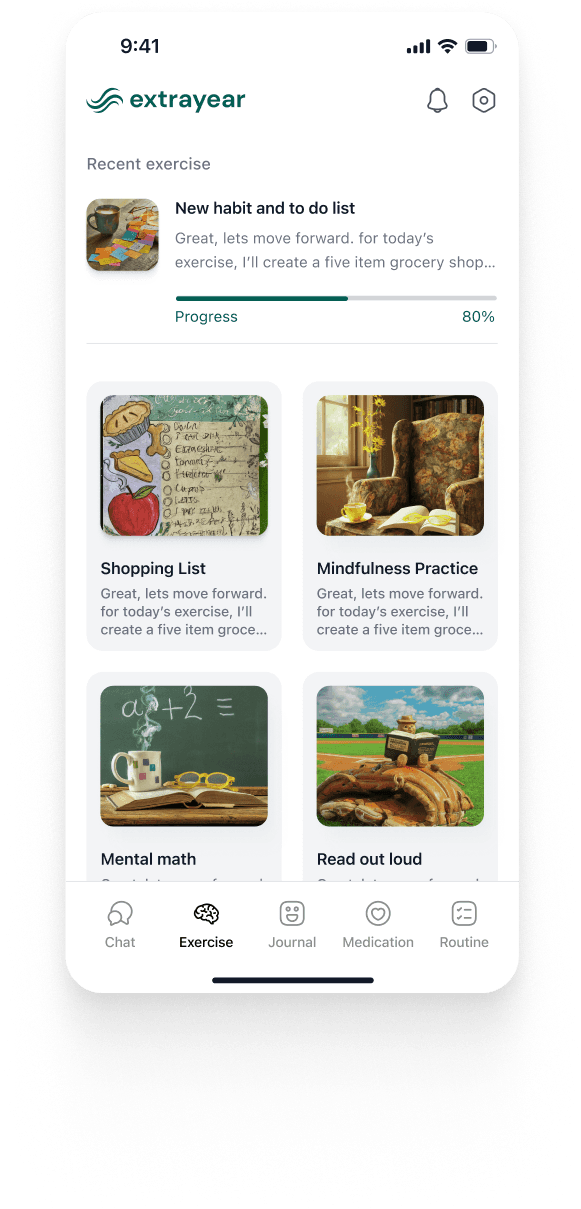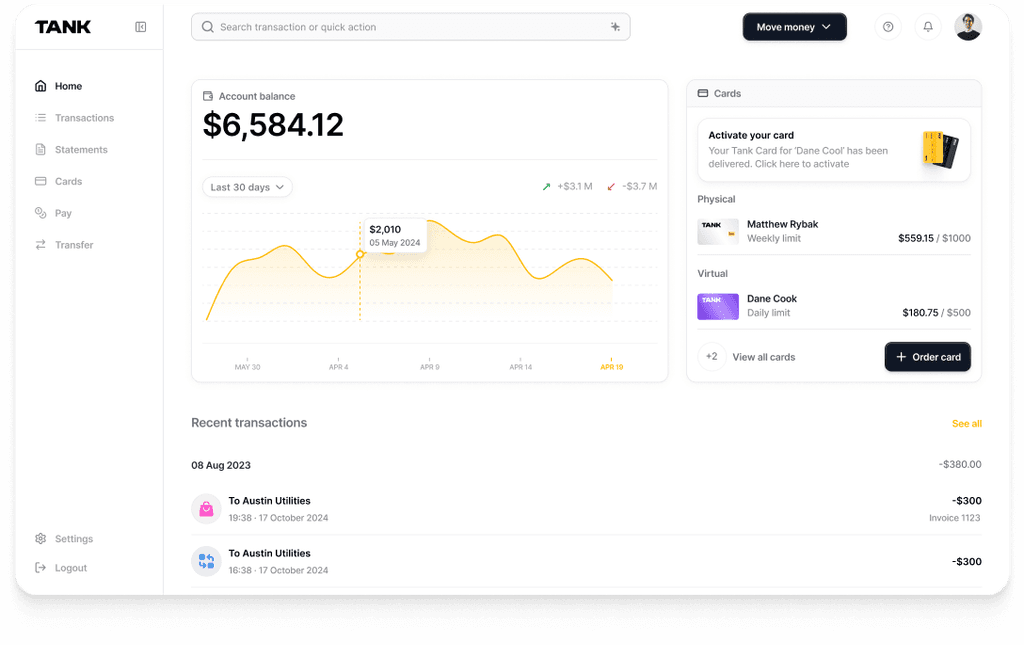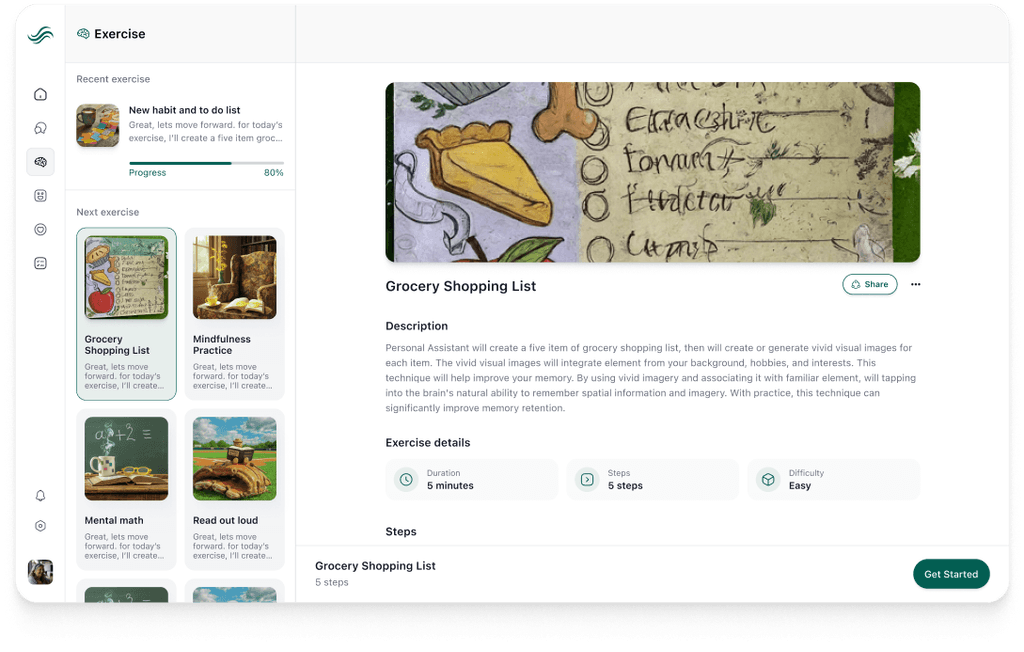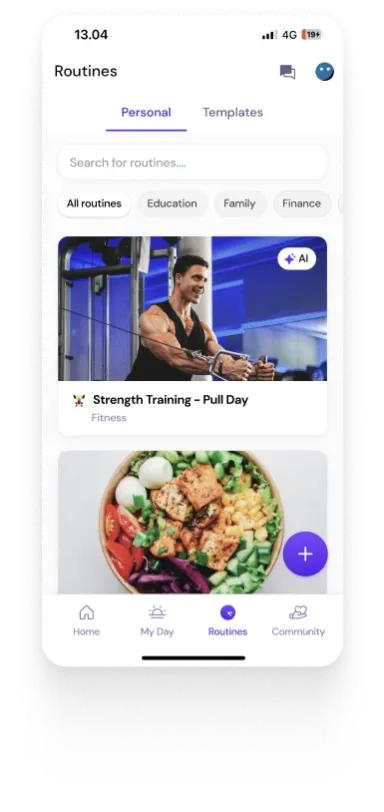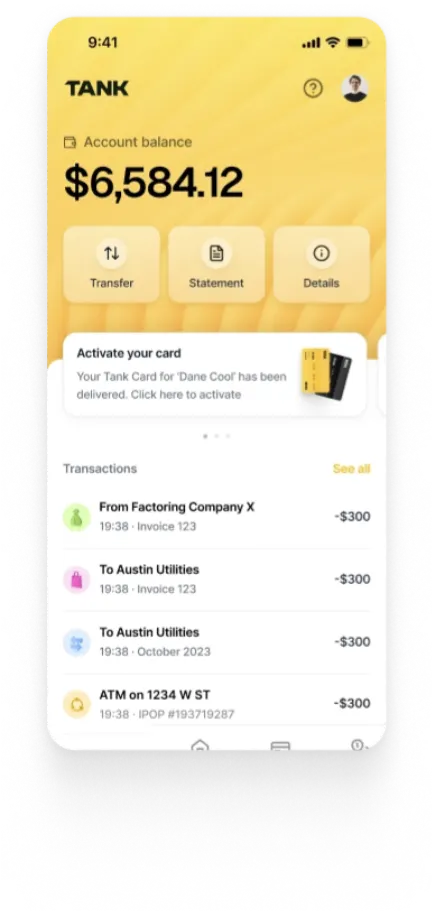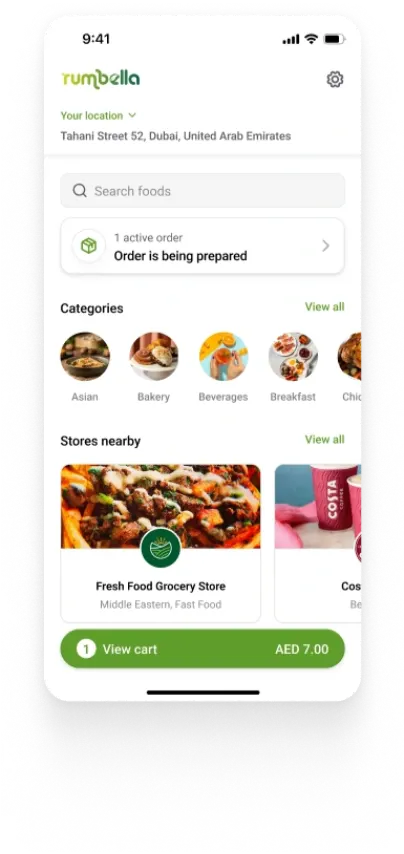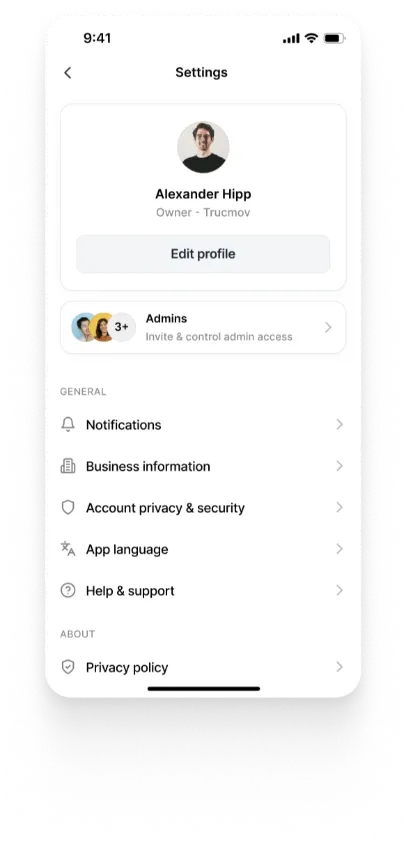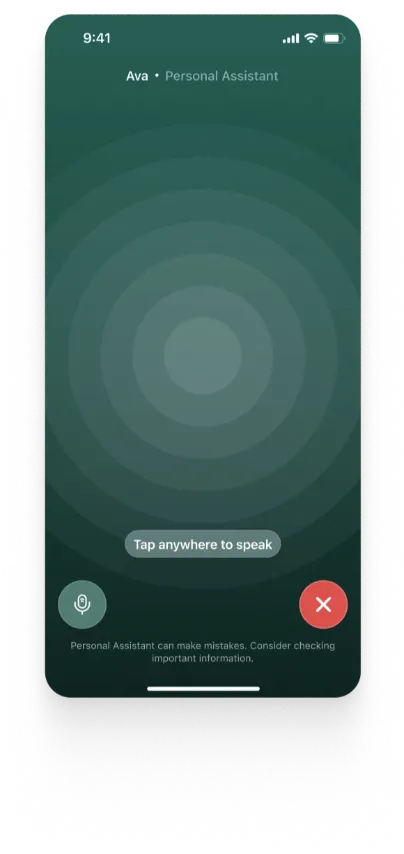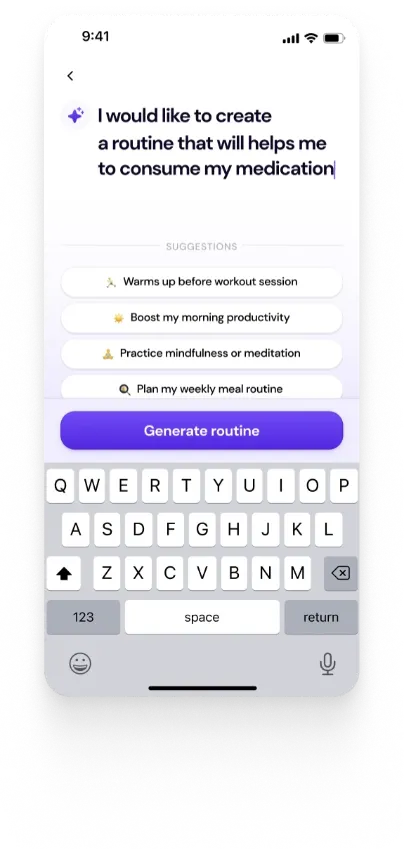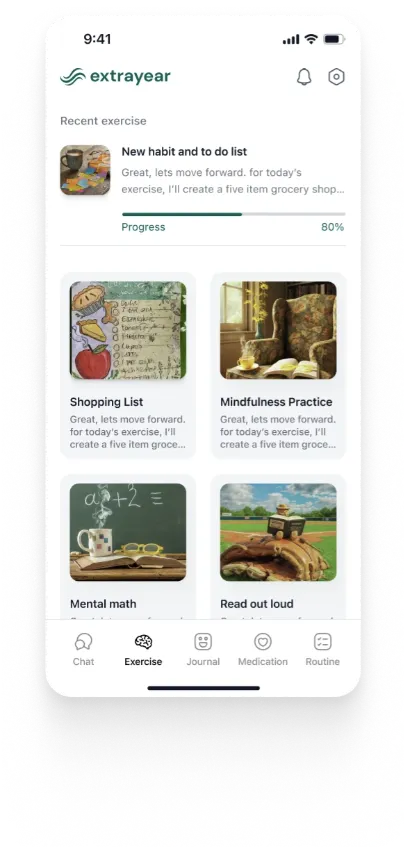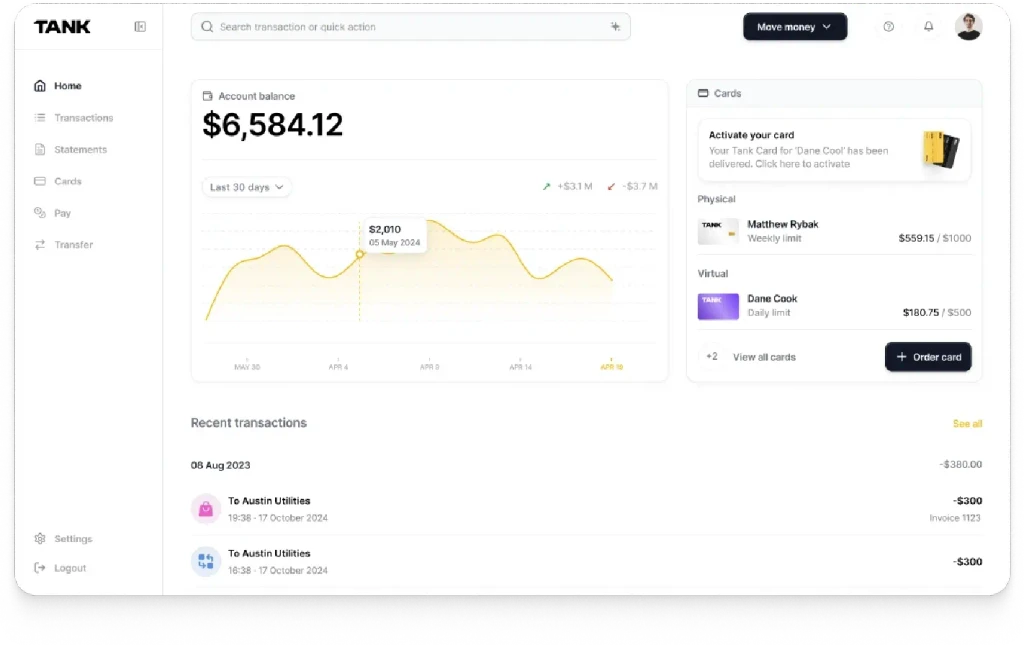Flutter Localization: How to Make Your App Multilingual
Summary
Implementing localization in your Flutter app ensures it can be used by people from different regions and cultures. This process involves setting up the localization framework, creating localized resources for each supported language, and displaying the localized content in the app's UI. By using Flutter's built-in support for localization, you can create a multilingual app that offers a better user experience for a global audience.
Key insights:
Setting up Localization Framework: Install
flutter_localizationsandintlpackages, create aLocalizationsDelegateclass, and define supported locales in theMaterialAppwidget.Creating Localization Resources: Add
.arbfiles for each language in thelib/l10ndirectory, containing key-value pairs for localized strings.Implementing Localization: Create a localization class to load resources and use the
Intlclass for string formatting; use this class to display localized strings in the UI.Testing and Debugging: Use Flutter DevTools and the
--localeflag to test your app in different languages, and verify translations for accuracy and cultural appropriateness.
Introduction
As mobile apps continue to gain popularity around the world, it's becoming increasingly important to make sure your app can be used by people from different regions and cultures. One way to do this is by implementing localization in your app, which allows you to display content in multiple languages and adapt to different cultural norms.
In this blog post, we'll explore how to implement localization in Flutter and make your app multilingual.
Flutter is a powerful framework for building cross-platform mobile apps, and it includes built-in support for localization. Localization in Flutter involves creating localized resources for each supported language, loading the appropriate resources at runtime, and displaying the localized content in your app's user interface.
By implementing localization in your app, you can provide a better user experience for users who speak different languages and come from different cultures.
Setting up Localization Framework
The first step in implementing localization in Flutter is to set up the localization framework. This involves installing the Flutter localization package, creating a LocalizationsDelegate class, and defining the supported locales for the app.
To get started, add the following dependencies to your Flutter project's pubspec.yaml file:

The flutter_localizations package provides support for loading localized resources, while the intl package provides utilities for formatting dates, numbers, and other types of data in different languages.
Next, create a LocalizationsDelegate class that extends LocalizationsDelegate<YourAppLocalization>:

This delegate class is responsible for loading the appropriate localized resources for the user's language and region. In this example, we support English, French, and Spanish, but you can add support for additional languages as needed.
Finally, define the supported locales for the app by creating a supportedLocales property in your app's MaterialApp widget:

Here, we're using the GlobalMaterialLocalizations and GlobalWidgetsLocalizations delegates to provide translations for built-in Flutter widgets like the DatePicker, TimePicker, and AlertDialog. Make sure to include these delegates in your app's localizationsDelegates list.
Creating Localization Resources
The next step in implementing localization in Flutter is to create localized resources for each supported language. These resources typically include translations for user interface strings, dates, numbers, and other types of data.
To create localized resources in Flutter, create a lib/l10n directory in your project and add a separate .arb file for each supported language. For example, you might have the following files:

Each .arb file contains a collection of key-value pairs for localized strings, like this:

In this example, we're providing translations for the hello and welcome strings, as well as a localized version of the buttonText string that will be displayed on a button in the app.
Implementing Localization in your Flutter App
Now that we've set up the localization framework and created localized resources, we can implement localization in our Flutter app.
To load the appropriate localized resources at runtime, we need to create a YourAppLocalization class that extends Localizations:

In this class, we're using the Intl class from the intl package to load the appropriate localized resources and format strings in different languages. The get methods in the class correspond to the keys in our .arb files, and they return the appropriate localized string based on the user's language and region.
To display the localized strings in our app's UI, we can use the YourAppLocalization.of(context) method to get an instance of the YourAppLocalization class, and then call the appropriate get method to get the localized string. For example:

This will display the localized version of the hello string in the app's user interface.
Testing and Debugging Localization
Testing and debugging localization in Flutter can be challenging, especially if you're not familiar with the languages and cultures you're supporting. Here are a few tips for testing and debugging localization in your Flutter app:
Use the Flutter DevTools to inspect the widgets in your app and verify that the localized strings are being displayed correctly.
Use the
--localeflag when running your app to test it in different languages and regions. For example, you can runflutter run --locale frto test your app in French.Consider using a service like Google Translate to verify that your translations are accurate and appropriate for the languages and cultures you're supporting.













